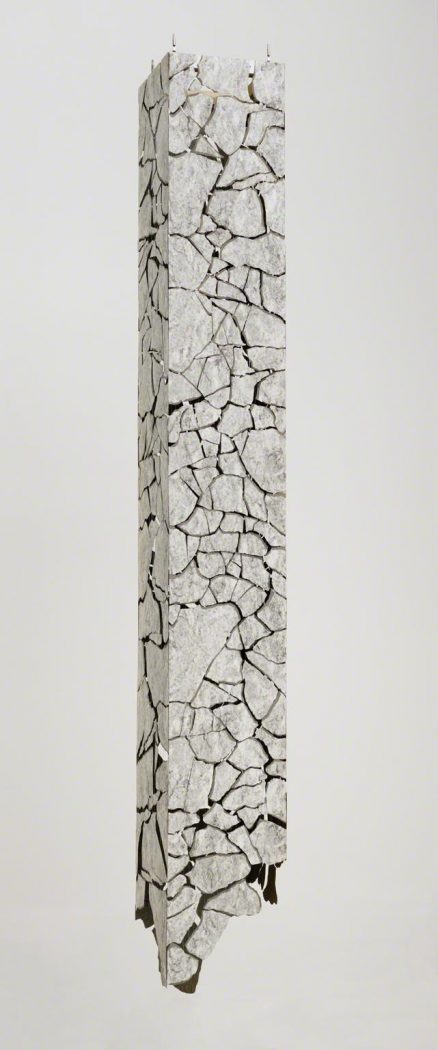The Phillips Collection engages with local voices by asking community members to write labels in response to works in the collection. Read some here on the blog and also in the galleries of Seeing Differently: The Phillips Collects for a New Century. How do these perspectives help you see differently? What would you write about these artworks?

Kenzo Okada, Footsteps, 1954, Oil on canvas, 60 3/8 x 69 7/8 in.., The Phillips Collection, Acquired 1956
Ethereal Forms
Kenzo Okada, who moved to New York City from Japan in 1950, became a part of the historical Abstract Expressionist scene where artists like Okada’s friend, Mark Rothko, had made their names. Okada, like Rothko, used experimental techniques to produce delicately intricate paintings like Footsteps and Number 2. Though Okada was no longer in Japan, his home country still occupied his thoughts, and its influence on his artistic process was apparent. In Footsteps, we see a gracefulness and fluidity that perhaps owes itself to Okada being influenced by Zen Buddhism, which centers on ideas of freedom from attachments and transience of form.
Benjamin Plant, Junior, University of Maryland, Studio Art Major

Nara Park, Disillusioned I, 2017, Plastic laminate and monofilament, 105 x 13 1/2 x 13 1/2 in., The Phillips Collection, Contemporaries Acquisition Fund, 2018
Sculpture artist Nara Park delves into our relationship with the space in which we live and the traces of human impact we leave behind once we are gone. By exploring concepts on the preservation of meaning and memory through her work, Park transforms synthetic materials into objects resembling stone to create monuments. The structures she creates act like vessels that hold onto the fleeting moments of the past as well as the essence of the lives of people who have passed away. This ruin-like column serves as a placeholder for memories, creating a physical presence for the ephemeral. The hollow and shattered nature of the piece, however, denotes the void that was left behind in their place, leaving a mere remnant of what once was.
Milan Warner, Senior, University of Maryland, Studio Art Major
